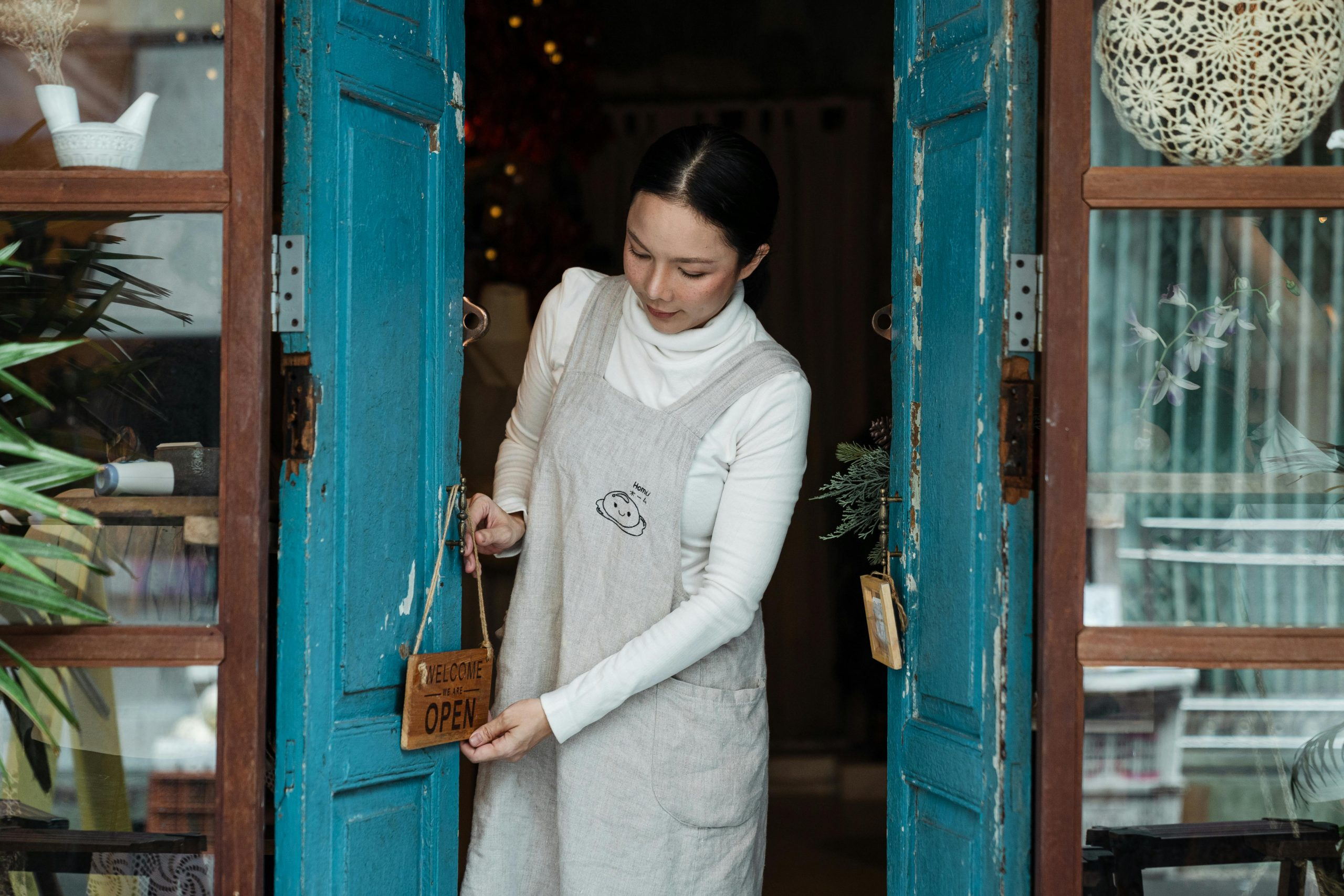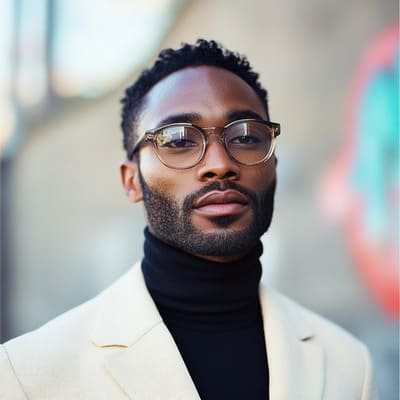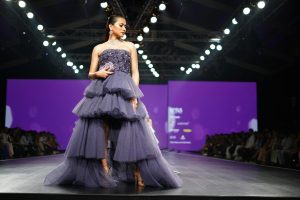How Influencers Drive Fashion Sales
Have you ever wondered how a simple Instagram post or mention from your favorite fashion influencer can influence your purchasing decisions? Influencers have become a major driving force in the fashion industry, with their recommendations and endorsements holding significant power over consumer behavior. In this article, we’ll take a closer look at how influencers drive fashion sales and why fashion brands are investing more in influencer marketing than ever before.
The Impact of Social Media Influencers
Social media has drastically changed the way we consume content and engage with brands. With the rise of platforms like Instagram, influencers have emerged as key players in the marketing landscape. These social media stars have amassed large followings of loyal fans who trust their recommendations and opinions. As a result, influencers have become powerful voices in the fashion industry, influencing consumer behavior and driving sales.
The Power of Authenticity
One of the main reasons why influencer marketing is so effective for fashion brands is the authenticity that influencers bring to the table. Unlike traditional advertising, which can often feel forced and insincere, influencer content is more relatable and authentic. Influencers have built a personal brand and strong relationships with their followers, making their recommendations more trustworthy and genuine. This authenticity resonates with their audience, making them more likely to purchase the products or brands that the influencer promotes.
Niche Targeting and Reaching New Audiences
Influencers also have the power to reach niche audiences that brands may have otherwise struggled to connect with. By partnering with influencers who have a specific niche or interest, fashion brands can tap into a highly engaged and targeted audience. This enables brands to expand their reach and connect with potential customers who may not have been aware of their brand before. For example, a brand that specializes in sustainable fashion can reach a larger audience by collaborating with influencers who are passionate about eco-friendly fashion.
Influencers as Trendsetters
Influencers have become trendsetters, setting the latest fashion trends and shaping the way consumers think about style. As influencers share their curated outfits and style tips, they create a desire for the products they feature, making their followers want to emulate their looks. This power of influence has made influencers a go-to for fashion brands looking to promote a new trend or product. Brands often partner with influencers to feature their latest collections or collaborate on a new product line, leveraging their influence to drive sales.
The Rise of Influencer Collaborations
In recent years, we’ve seen a rise in influencer collaborations with fashion brands. This type of partnership is a win-win for both parties involved, as it allows brands to access the influencer’s loyal following while giving influencers the opportunity to create their own fashion lines. These collaborations have proven to be highly successful, with products often selling out within a matter of hours after being promoted by the influencer on their social media channels.
The Effect on Consumer Behavior
Influencers have changed the way consumers think about and engage with fashion brands. Rather than solely relying on traditional advertising, consumers now turn to influencers for fashion advice and inspiration. This shift in consumer behavior has led to a rise in influencer marketing, with brands allocating a larger portion of their marketing budget to partnering with influencers. As a result, fashion sales are being driven by the power of influencer recommendations.
The Importance of Measuring ROI
While influencer marketing has proven to be highly effective for driving fashion sales, it’s important for brands to measure the return on investment (ROI) of their influencer partnerships. By tracking sales, engagement, and reach, brands can gain valuable insights into the success of their influencer campaigns. This data can then be used to optimize future collaborations and ensure maximum ROI.
In Conclusion
Influencers have become an essential part of the fashion industry, driving sales and shaping consumer behavior. Through their authenticity, niche targeting, trendsetting, and collaborations, influencers have proven to be a powerful force in the fashion world. As social media continues to evolve, we can expect to see even more brands relying on influencers to drive sales and connect with their target audience.
Incorporating influencer marketing into a brand’s overall marketing strategy is crucial for staying relevant and engaging with consumers in the digital age. With the right influencer partnerships, brands can tap into the power of influence and drive fashion sales like never before.









